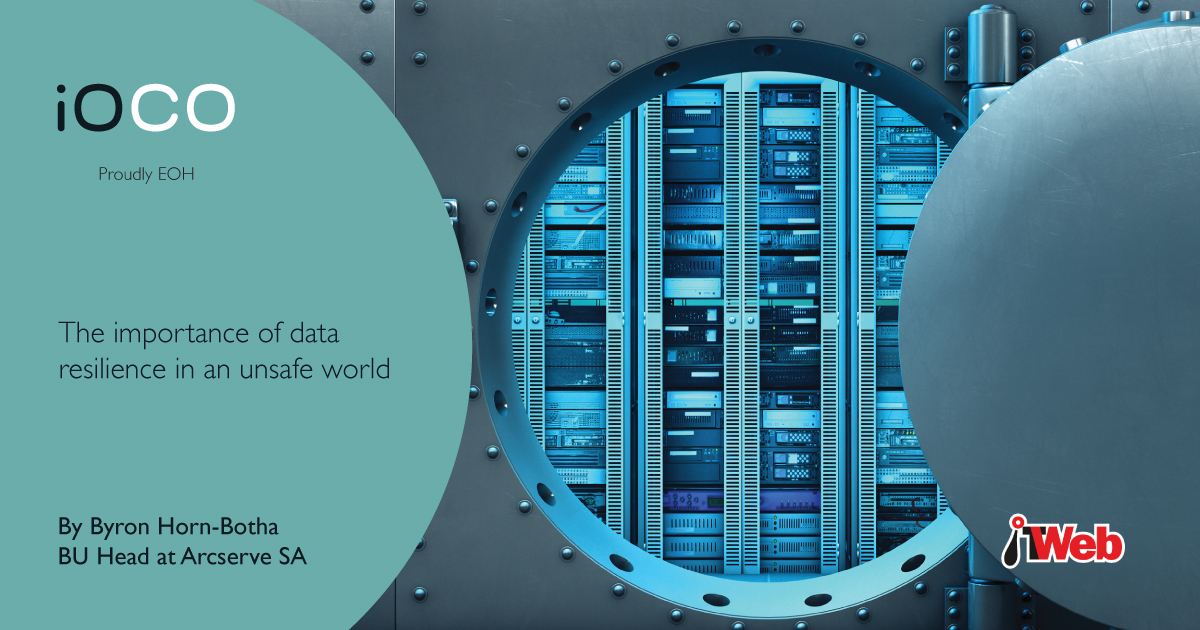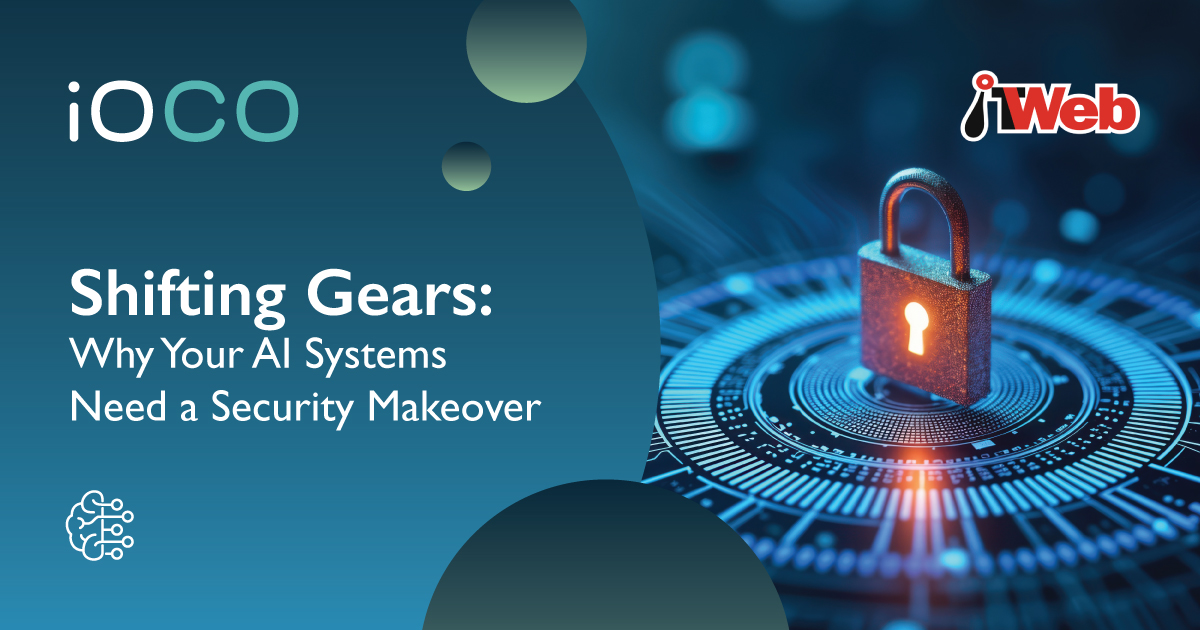It’s not an exaggeration to say data is the lifeblood of every business today − it is an immense, if not the most valuable, asset in all companies.
Data resilience can be defined as the availability of data and its ability to reduce downtime. Of course, in a digital world, the quantity and quality of data are ever-increasing, and so is our reliance on it.
For this reason, data resilience is such a critical issue. If access to data is lost due to a cyber attack or natural disaster, you can’t power the business forward − operations come to a standstill.
However, resilient organisations have appropriate backup and recovery processes in place, allowing them to quickly bounce back from any situation in which data is compromised.
It’s important to understand that data resilience is not a single solution. It is a set of technologies and strategies that help maintain data availability and ensure it is always accessible, thus minimising disruptions or downtime that could lead to tangible losses to the business.
Data resilience technologies
These include cluster storage, data replication, backup and disaster recovery, which help minimise the damage caused by cyber threats, such as ransomware, and environmental disasters, such as catastrophic climate events, hurricanes and floods.
Having these elements of data resilience in place can help ensure companies get back on their feet as quickly as possible in the aftermath of these types of scenarios − with minimal data loss.
The critical measure of data resilience is how fast the organisation can spring back from a disruption to resume a normal state of operations and return to business as usual.
Having the right technologies and mindset enables the data to be protected if and when disaster strikes. It includes having the right technologies, such as data backup and recovery solutions, and the right strategies, such as simulating a business disruption to assess resiliency.
Another crucial part of data resilience is the capacity to do regular testing so issues can be resolved before they occur.
Having a reliable and rock-solid plan in place can mean the difference between having a successful business − or having no business.
Sadly, many companies don’t test their data resilience plan − many don’t even have one in place. At a minimum, organisations should prioritise periodical testing of their data backup and recovery proficiency to ensure they can reliably restore data in the event of a cyber attack or natural disaster.
Any solid data resilience strategy includes recovery point and recovery time, objectives (RPO and RTO), and ways to achieve them.
RPO is the critical metric to establish the amount of data the business can stand to lose in a disaster. It plays a vital role in helping to determine how often to back up the data and the infrastructure needed to support the backup plan.
RPO is less about the actual execution of recovery and more about establishing the framework. When the company does have to recover from a data loss, it will be able to get all the data needed to be restored and available.
Trusting the metrics
By contrast, RTO is a metric to understand how downtime can impact the business. Once RTO has been set up, it will be better positioned to make educated decisions about the data resilience plan.
For example, suppose it is decided the business can only handle an hour or two of downtime. In that case, it should invest in a disaster-recovery solution that allows it to get back up and running within that timeframe.
The success of any data resilience initiative is defined by how well the firm plans and tests processes and tools, rather than waiting for something terrible to happen and then desperately trying to figure out how to get back on its feet.
Of course, companies should hope for the best but prepare for the worst. When it comes to data resilience, having a reliable and rock-solid plan in place can mean the difference between having a successful business − or having no business.
To borrow a quote from the iconic 1980s movie, The Untouchables: “Surprise is half the battle; winning is half the battle, losing is half the battle.”
However, in today’s dangerous digital world, planning is proven to provide a 90% chance of winning the battle − stacking the odds in the organisation’s favour instead of bad actors or the elements. It also removes the element of chance − will the business survive such an event or not?
It is not an exaggeration. Recent studies have shown that corporations impacted by ransomware or other data-loss events have trouble winning back consumer trust.
One survey found that 88% of customers wouldn’t use the services of, or purchase products from, an organisation they distrust, while 39% said they had lost trust in a company due to a data breach or misuse of data.
That can have devastating long-term effects on a business’s survival and growth. Data loss has forced some companies to shut down completely.
Data is the new gold. When companies lose access to their data, they lose the ability to propel themselves forward. Data resilience, however, gives every organisation the ability to quickly recover from a data-destructive event and flourish in the digital economy.



